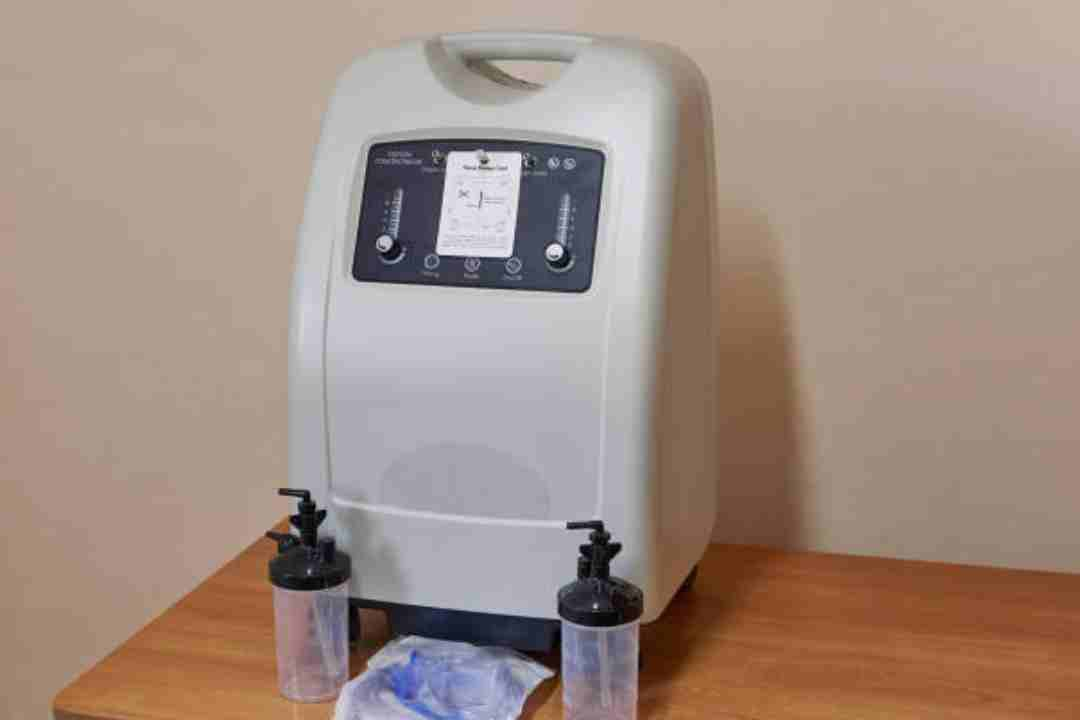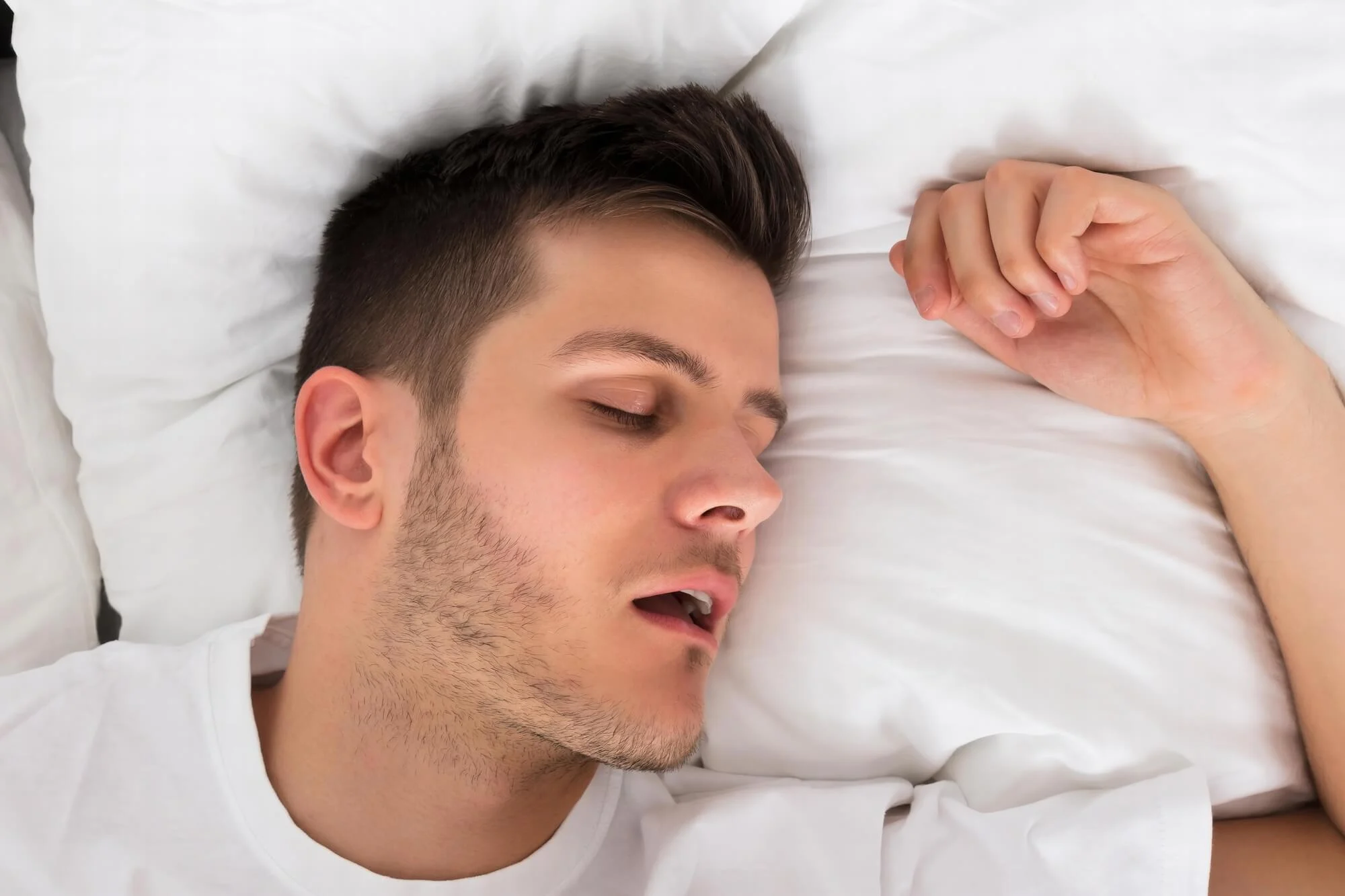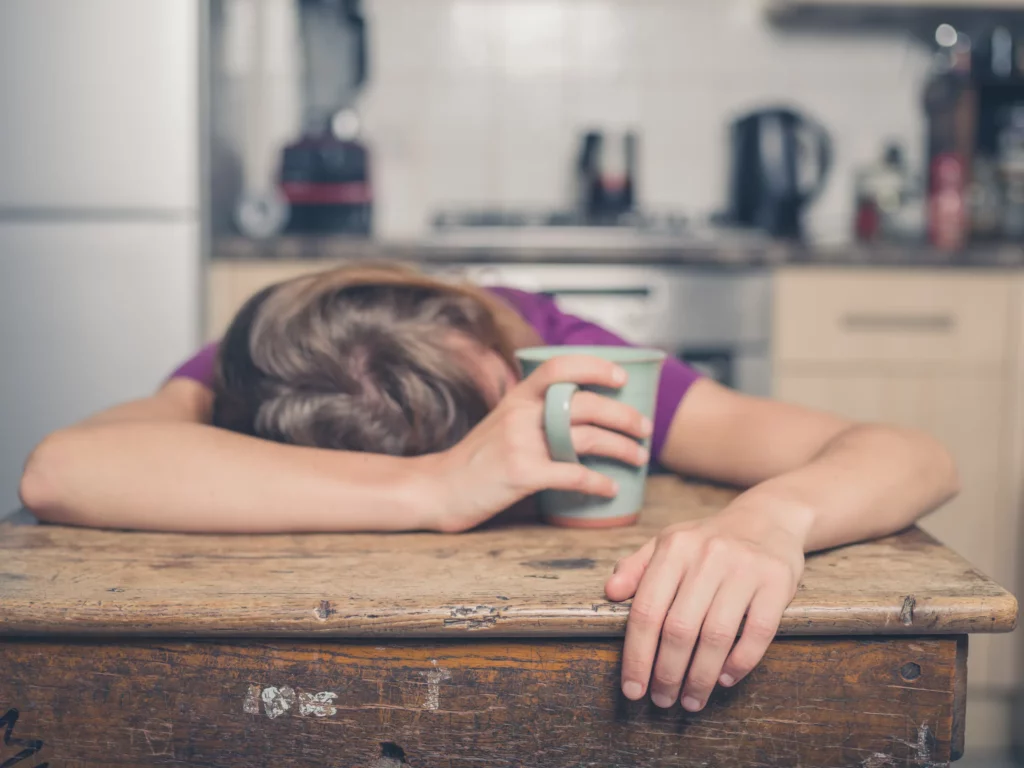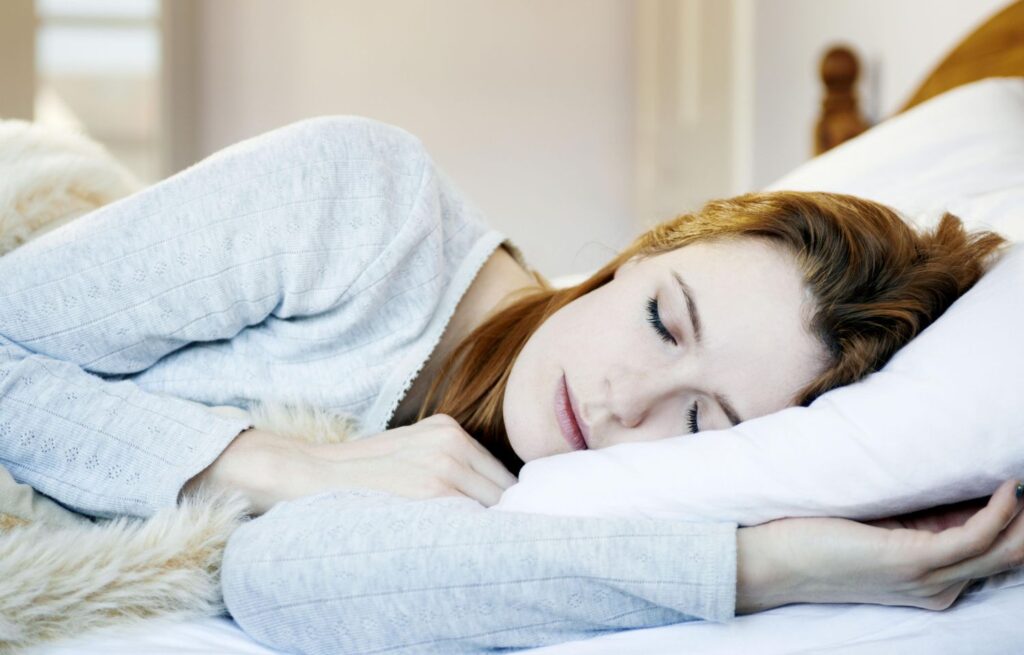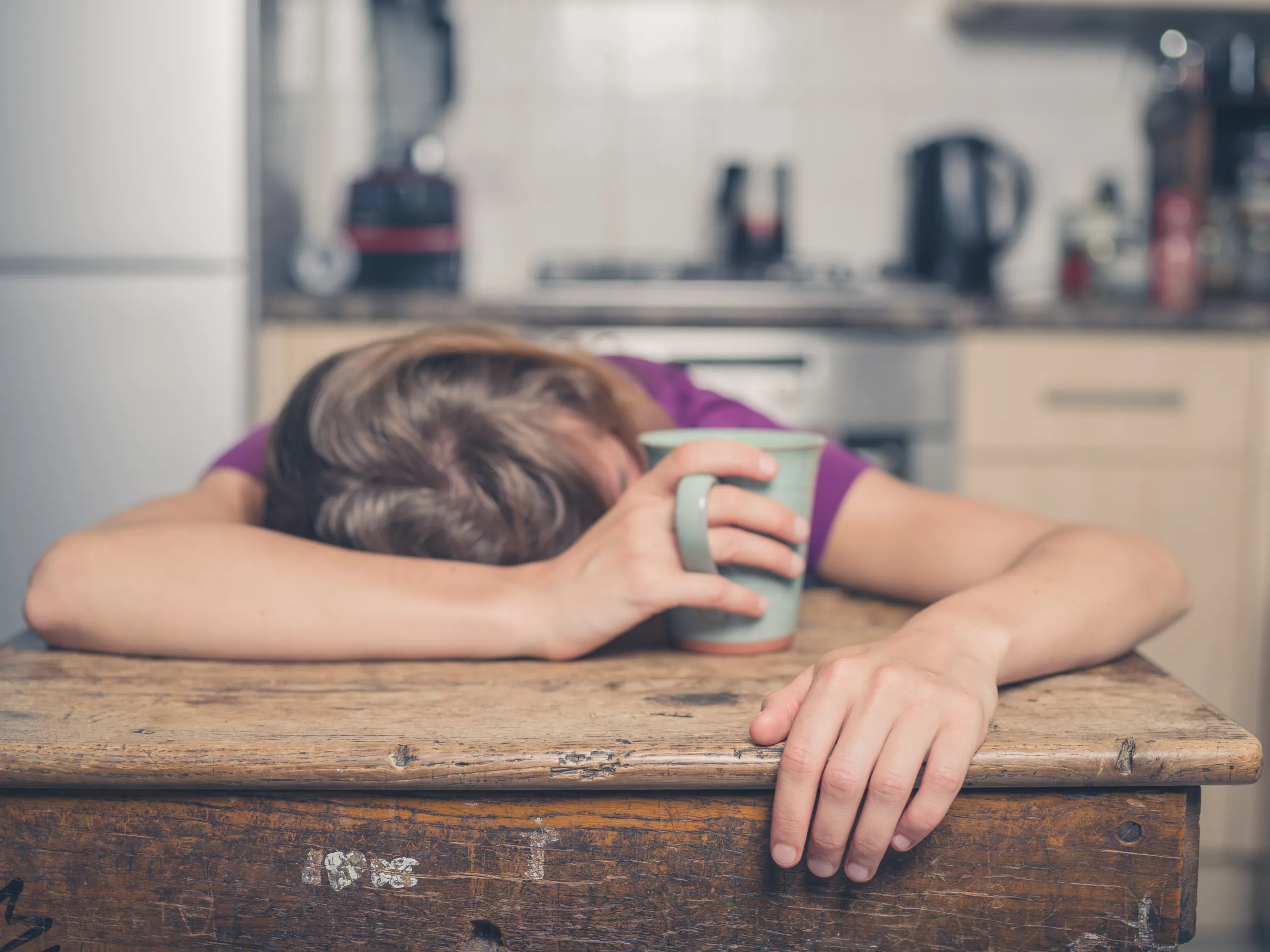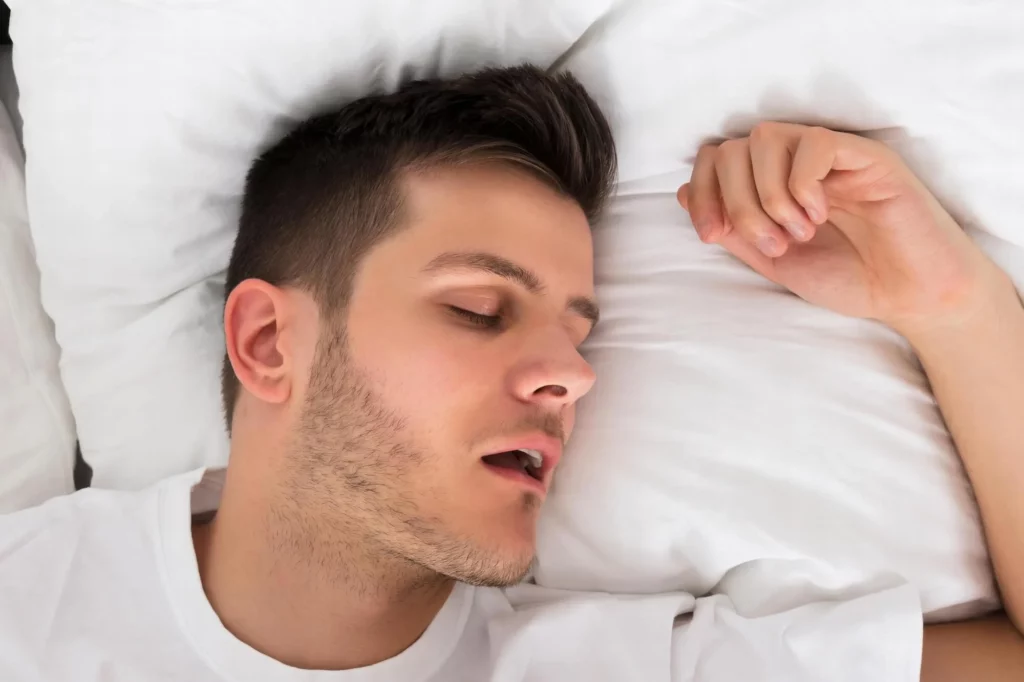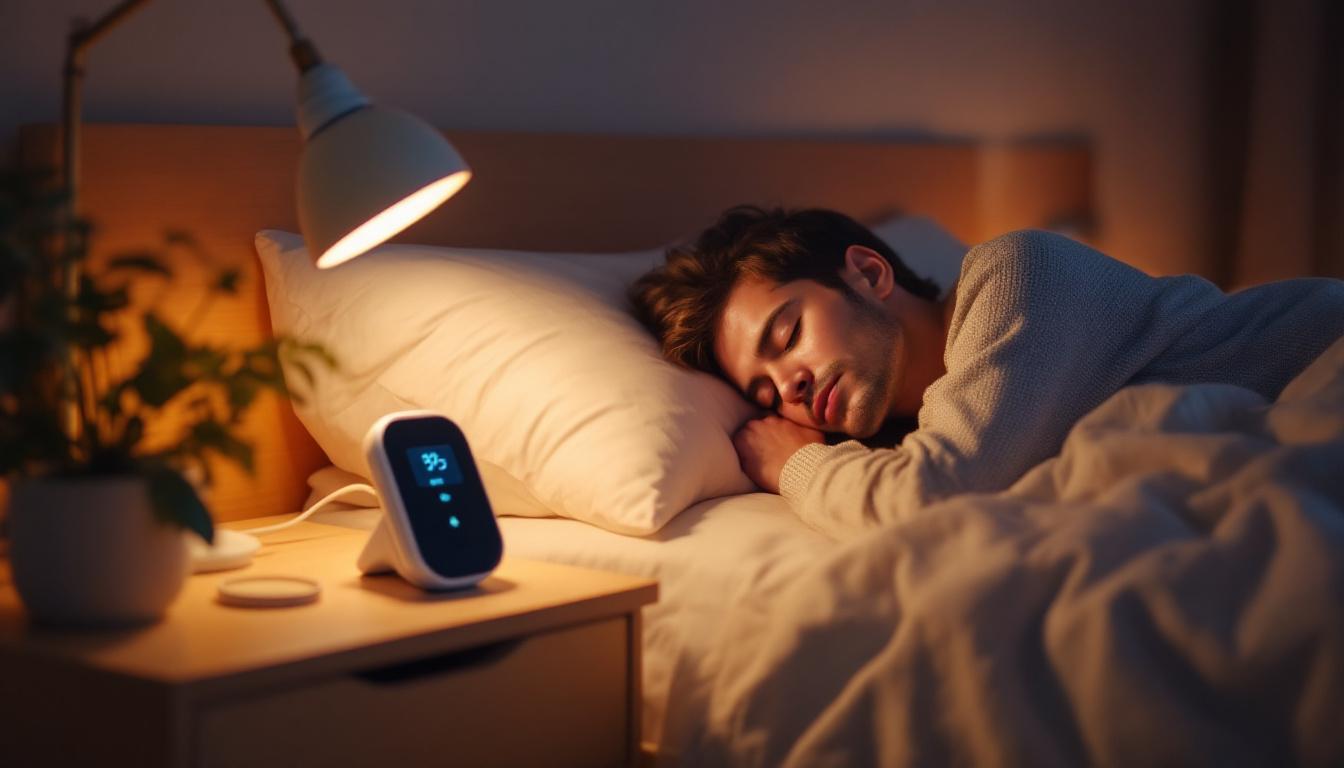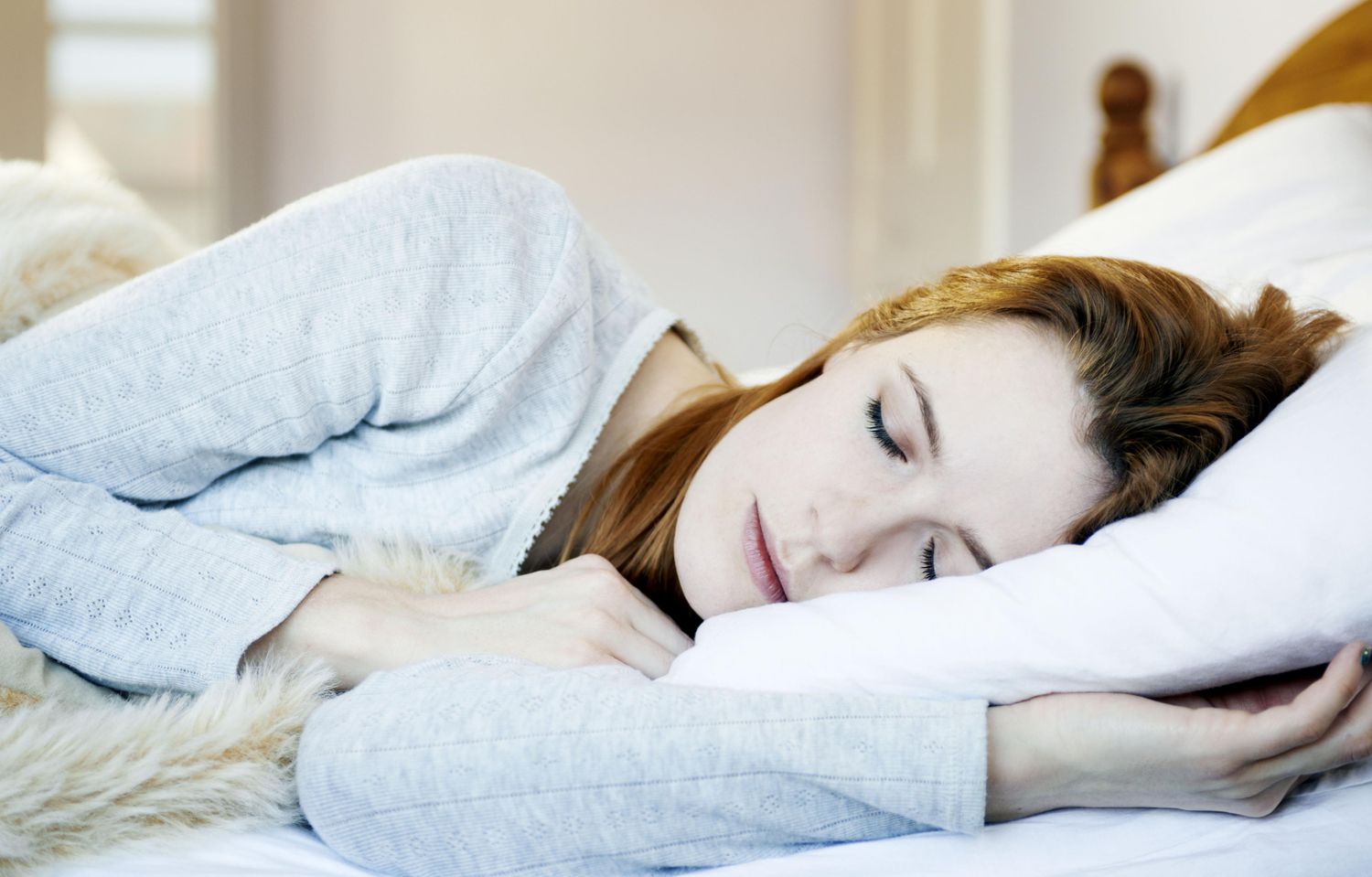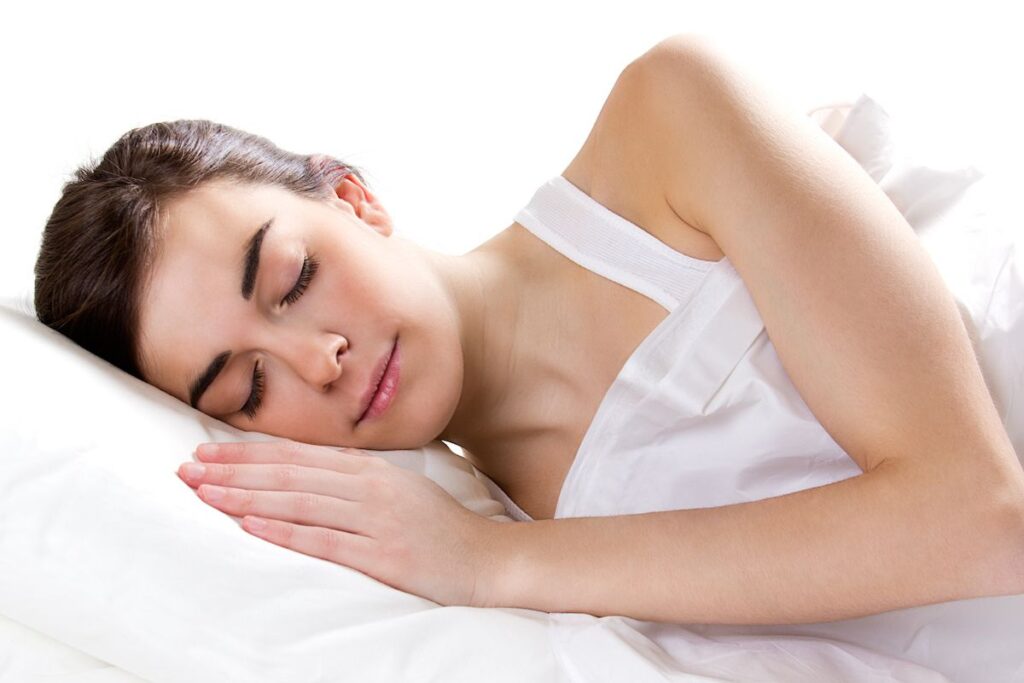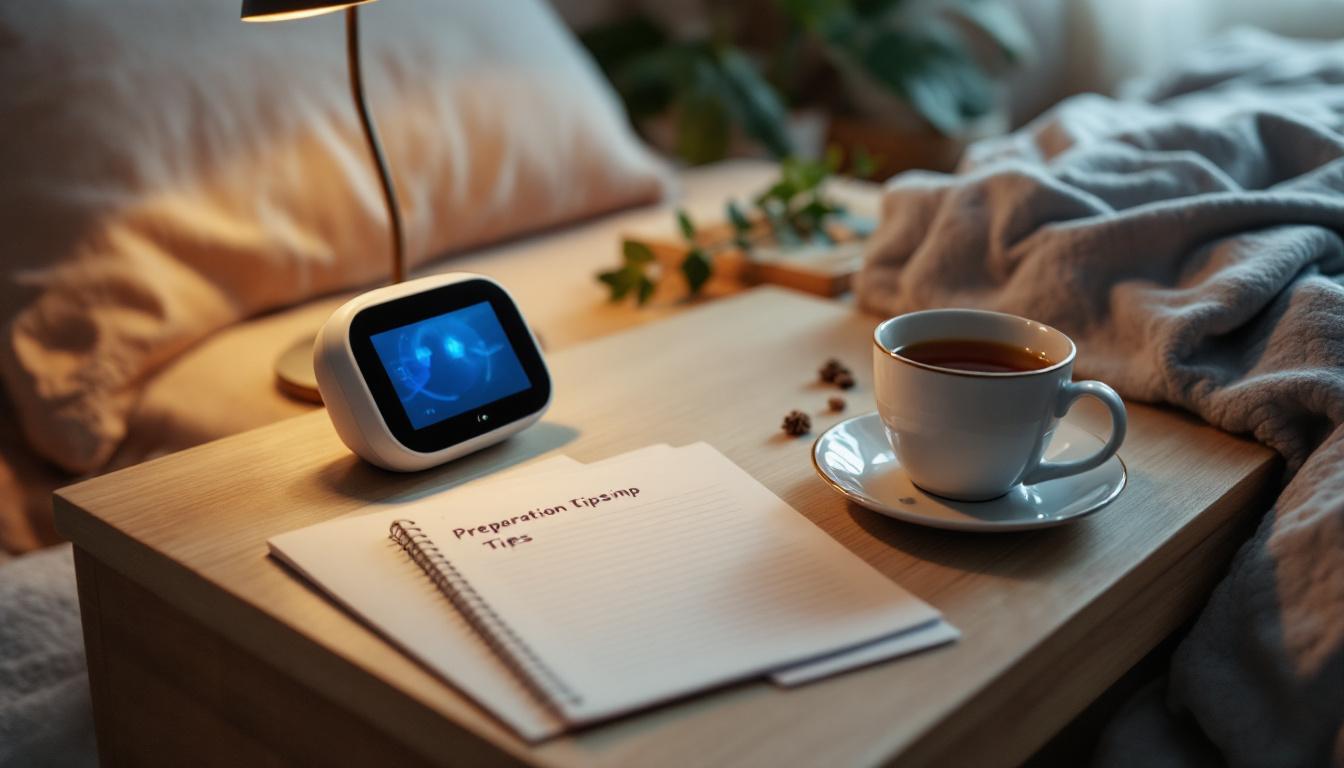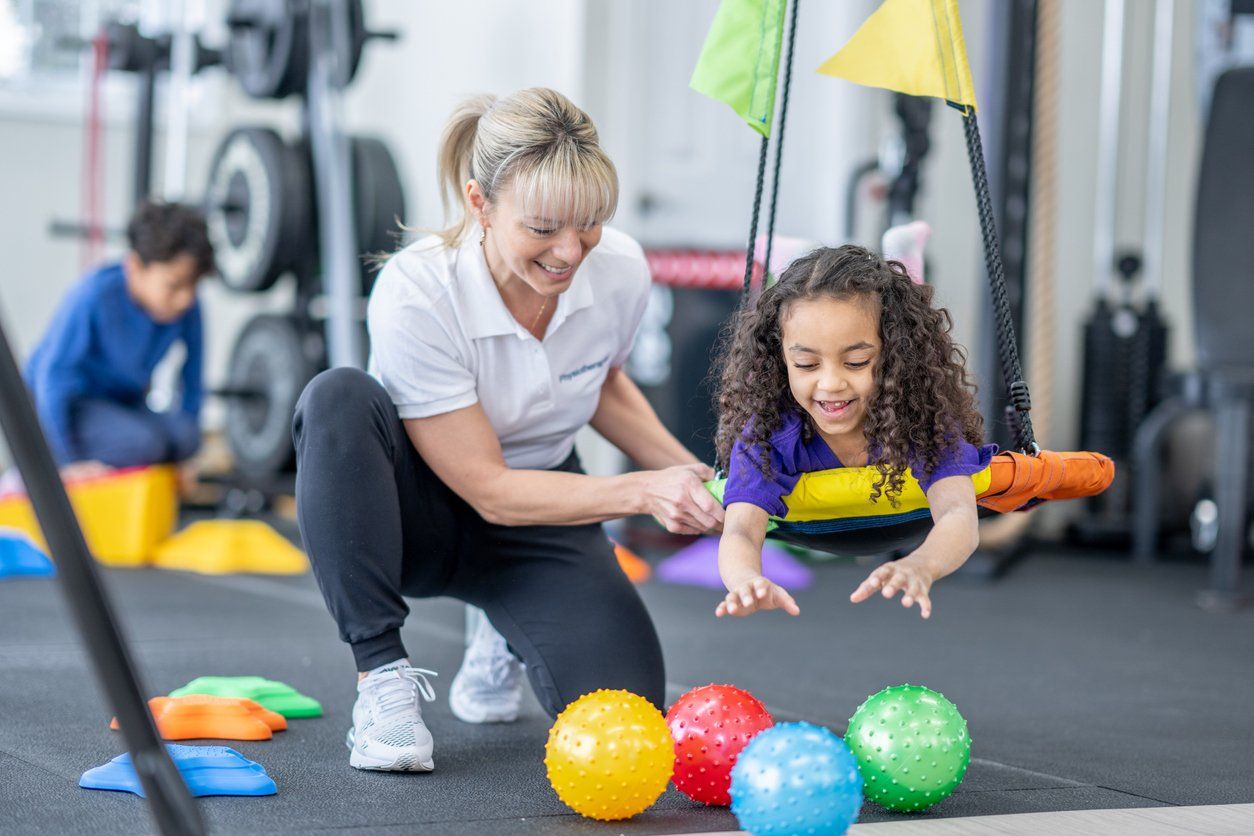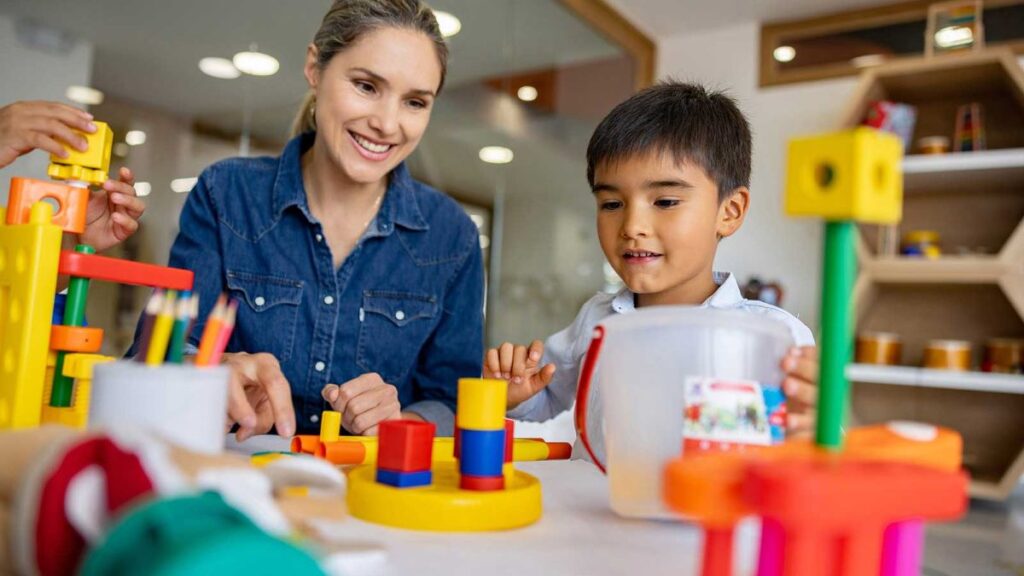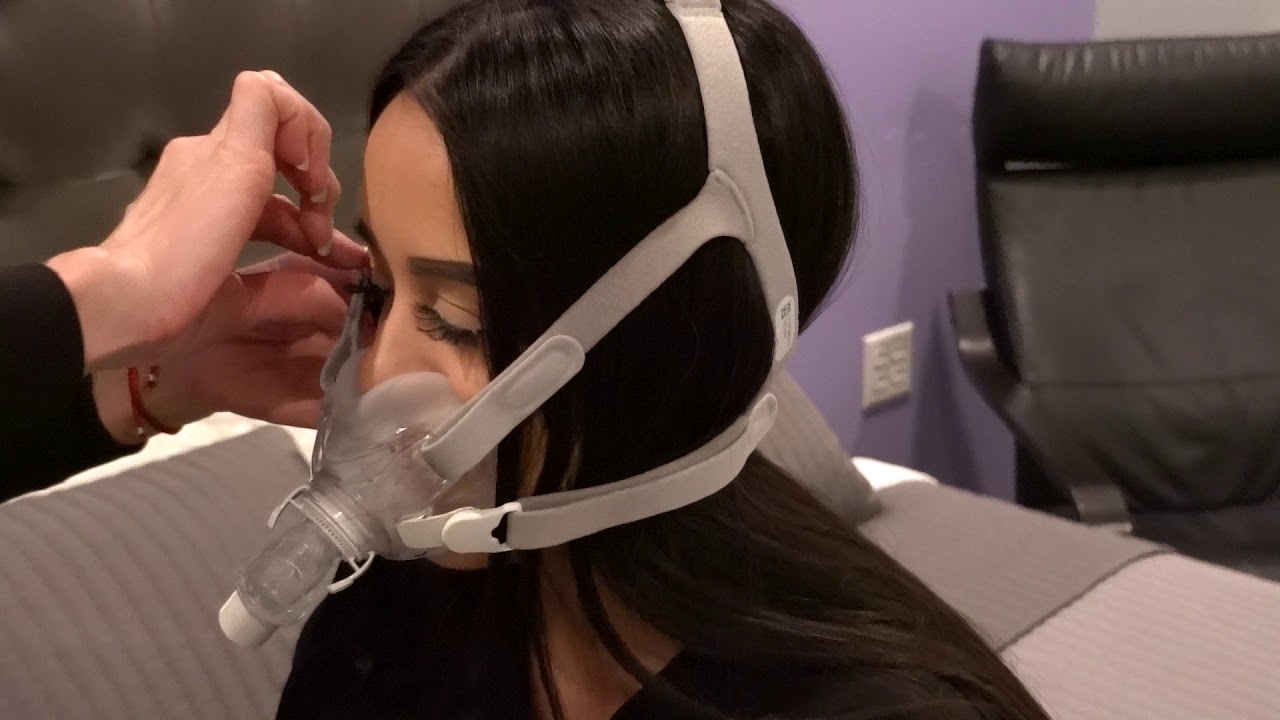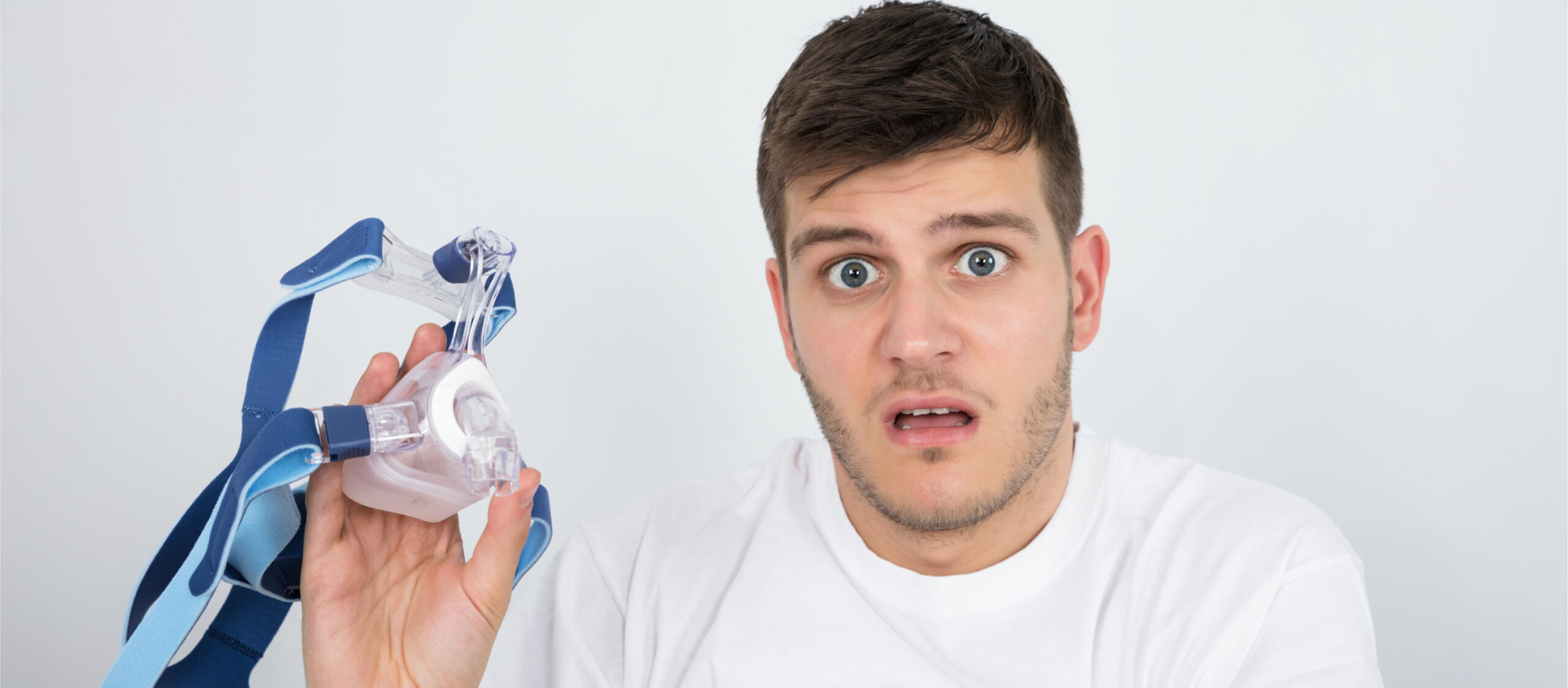Introduction
For individuals with chronic respiratory conditions such as COPD, asthma, and emphysema, access to a continuous supply of oxygen is vital for their well-being. A portable oxygen concentrator is an ideal solution for people who need oxygen therapy but also want to maintain their mobility and independence. In this comprehensive guide, we’ll cover everything you need to know about portable oxygen concentrators in Australia, including how they work, where to buy them, the different types available, and their costs.
What is a Portable Oxygen Concentrator?
A portable oxygen concentrator (POC) is a compact, lightweight device that extracts oxygen from the air and delivers it to patients who need supplemental oxygen. Unlike traditional oxygen tanks, which store oxygen in liquid or gas form, portable oxygen concentrators work by filtering out nitrogen and other gases from the air, leaving only the oxygen. This makes them more convenient and cost-effective for long-term use since they don’t need to be refilled.
There are two main types of oxygen concentrators:
- Pulse Flow: Delivers oxygen only when you inhale.
- Continuous Flow: Provides a steady stream of oxygen, regardless of inhalation.
Why Choose a Portable Oxygen Concentrator?
The primary advantage of a portable oxygen machine is its mobility. Patients can continue their normal activities, such as walking, exercising, or traveling, without being tied down by heavy, bulky oxygen cylinders. Portable oxygen concentrators are smaller, lighter, and more versatile than traditional oxygen tanks, which are often impractical for active individuals.
Additionally, a portable oxygen concentrator requires little maintenance, as you don’t need to worry about frequent refills. Instead, you just plug it in and it will continue to provide oxygen from the air.
Types of Portable Oxygen Concentrators Available in Australia
When choosing the right portable oxygen concentrator for sale in Australia, it’s essential to understand the different options available. Below are some of the most popular oxygen concentrator portable models that cater to various needs:
1. Philips SimplyGo Portable Oxygen Concentrator
The Philips SimplyGo is a highly recommended portable oxygen concentrator known for its robust design and versatility. It offers both pulse flow and continuous flow oxygen delivery, making it suitable for users with different oxygen needs.
- Features: Weighs 4.5 kg, offers 2 LPM continuous flow, up to 3 hours of battery life.
- Benefits: Lightweight, durable, and ideal for both home use and travel.
2. Inogen One G5 Portable Oxygen Concentrator
The Inogen One G5 is one of the best portable oxygen concentrators for users who need both portability and high oxygen output. It delivers up to 6 LPM with pulse flow, making it ideal for patients who require higher oxygen volumes.
- Features: Weighs just 2.3 kg, up to 13 hours of battery life with two batteries.
- Benefits: Compact, powerful, and long-lasting battery life, ideal for daily use and travel.
3. Zen-O Portable Oxygen Concentrator
The Zen-O Portable Oxygen Concentrator is another great option that offers pulse flow oxygen delivery. It’s designed for patients with moderate to severe oxygen needs and features a built-in battery for convenience.
- Features: Weighs 4.5 kg, provides up to 3 LPM of oxygen, and comes with a rechargeable battery.
- Benefits: Lightweight, versatile, and perfect for both short-term and long-term use.
4. Mini Portable Oxygen Concentrators
For individuals with lower oxygen requirements, mini portable oxygen concentrators are an excellent choice. These devices are smaller, lighter, and deliver pulse oxygen at lower flow rates. They’re ideal for people who need minimal oxygen but still want the portability of a small, compact device.
- Features: Weighs around 1.5-2 kg, offers 1-2 LPM of oxygen, and can last for 5-10 hours depending on the model.
- Benefits: Highly portable, perfect for light, occasional use.
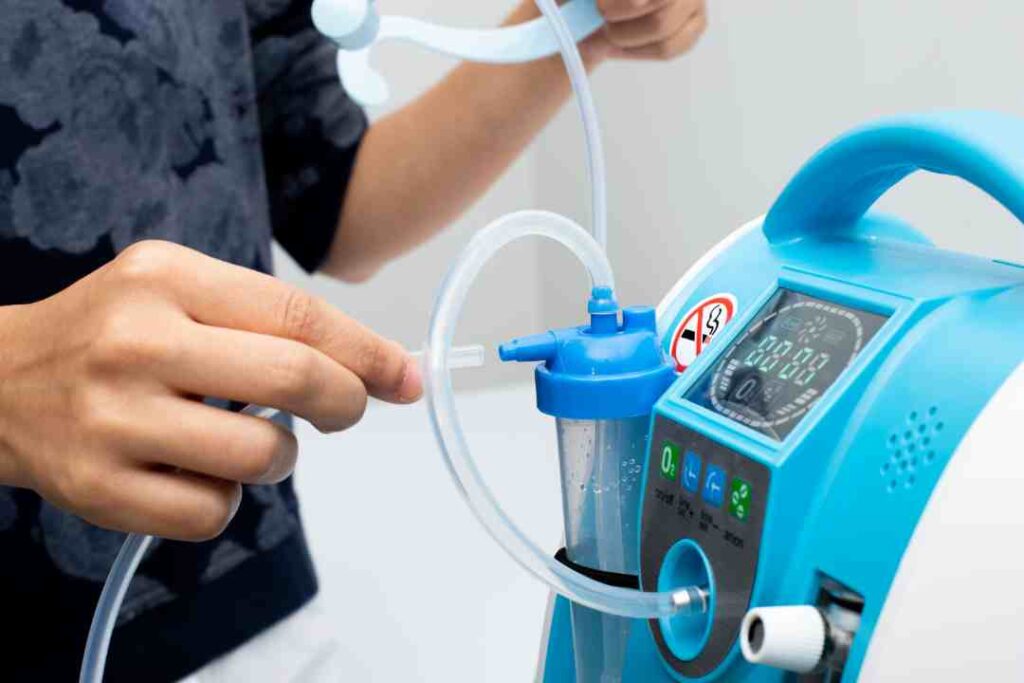
Where Can I Buy or Rent a Portable Oxygen Concentrator Machine in Australia?
If you’re asking, “Where can I buy a portable oxygen concentrator in Australia?”, there are several reputable retailers and suppliers that offer these devices for sale or rent. Some popular options include:
1. Oxygen Australia
Oxygen Australia offers a wide range of portable oxygen concentrators for sale, including well-known brands like Philips and Inogen. They also provide rental services, which can be a cost-effective option for those who need oxygen therapy temporarily or are unsure about purchasing a device.
2. Lincare Australia
Lincare is another top supplier of home oxygen machines in Australia. They provide both sales and rentals of portable oxygen concentrators, and their devices come with professional support and service.
3. Chemist Warehouse
For those who prefer to shop in-store, Chemist Warehouse offers oxygen concentrators at competitive prices. They also have a selection of oxygen masks for home use, oxygen generators for home, and related accessories.
4. Online Retailers (eBay, Amazon)
If you prefer to buy portable oxygen concentrators online, platforms like eBay and Amazon Australia often have great deals. Just be sure to check reviews and ratings before purchasing to ensure you’re buying from a reputable seller.
How Much Does a Portable Oxygen Concentrator Cost in Australia?
The cost of a portable oxygen concentrator in Australia can vary based on the brand, model, and features. Generally, prices range from AUD 2,000 to AUD 6,000 for a new oxygen concentrator. The cost will depend on factors such as:
- Oxygen Output: Higher flow rate models tend to be more expensive.
- Portability: More compact models can also command a higher price.
- Battery Life: Longer-lasting batteries and additional accessories will add to the cost.
Additionally, rental prices for a portable oxygen concentrator typically range from AUD 150 to AUD 250 per month, depending on the model.
Benefits of Portable Oxygen Concentrators
There are several benefits to choosing a portable oxygen concentrator over traditional oxygen tanks:
1. Convenience and Portability
The main advantage of a portable oxygen concentrator is its portability. It allows users to move freely throughout their home or travel without being weighed down by large, bulky oxygen tanks.
2. No Need for Refills
Unlike oxygen tanks, which require frequent refills, oxygen concentrators provide a continuous supply of oxygen. This makes them more convenient and cost-effective for long-term use.
3. Quiet and Discreet
Modern portable oxygen concentrators are designed to operate quietly, making them less disruptive to your daily life. They can be used at night or during sleep without disturbing your rest.
4. Cost-Effective
While the initial cost of a portable oxygen concentrator can be high, it eliminates the need for oxygen tank refills, reducing long-term costs.
Conclusion
Choosing the right portable oxygen concentrator in Australia can significantly improve your quality of life if you require oxygen therapy at home. With so many options available, from the compact Inogen One G5 to the more powerful Philips SimplyGo, it’s essential to choose the device that best suits your needs. Consider factors such as portability, oxygen output, battery life, and price when making your decision. Make sure to consult with your healthcare provider to ensure the right oxygen machine is selected for your condition. Whether you buy or rent, there are plenty of portable oxygen concentrators available in Australia to help you breathe easier and live more freely.
Yes, many medical suppliers in Australia offer portable oxygen concentrator rentals, with prices typically ranging from AUD 150 to AUD 250 per month.
Consider factors such as oxygen flow rate, portability, battery life, and price when choosing the right oxygen concentrator. Your healthcare provider can also help you make the best choice for your needs.
You can buy portable oxygen concentrators online from Amazon, eBay, or through medical suppliers like Oxygen Australia and Lincare.
The price of a portable oxygen concentrator in Australia typically ranges from AUD 2,000 to AUD 6,000, depending on the model, brand, and features.
Some of the best portable oxygen concentrators in Australia include the Philips SimplyGo, Inogen One G5, and Zen-O Portable Oxygen Concentrator, each offering different features and oxygen flow rates to suit various needs.

